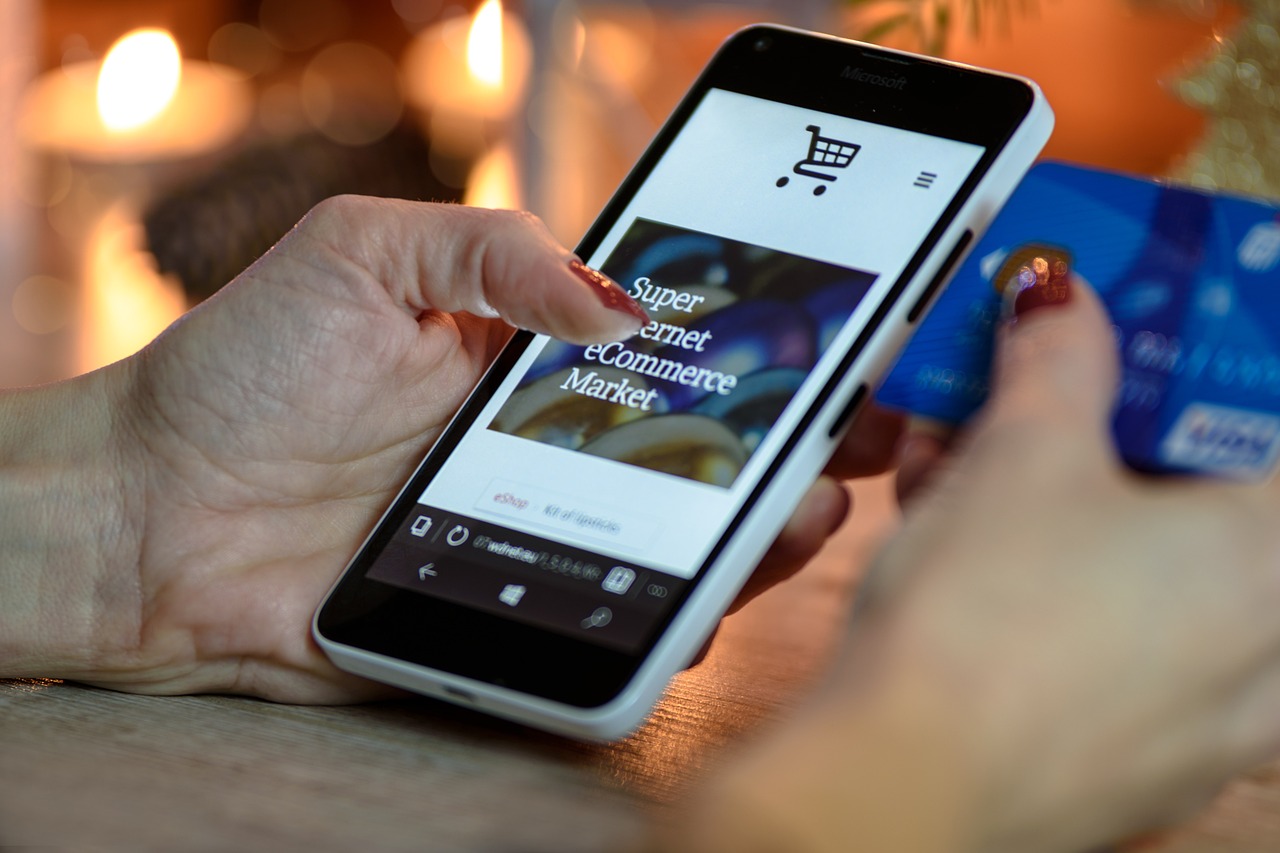Why B2B Marketers Must Engage Early to Influence Buyer Choices

Understanding B2B Buyers Decide Early
The key insight from Forrester Research’s 2024 Buyers’ Journey Survey is that 92 percent of B2B buyers enter the purchasing process with at least one vendor already in mind, and 41 percent have a single preferred vendor before formal evaluation even begins. This means traditional late-stage marketing and sales efforts are often too late to influence the decision. B2B buyers are not starting with a blank slate; instead, they come informed and opinionated, making the buying journey more about confirmation than selection. Recognizing this shift is critical for scaling e-commerce businesses beyond the basics.
Identifying When Buyers Pick Vendors
Forrester’s data shows that buying preferences form early regardless of deal size, buyer role, or geography. For example, 63 percent of solo decision-makers and 47 percent of C-suite executives begin with a vendor in mind. Even first-time buyers show this trend, with 48 percent naming a preferred vendor upfront. Geographic differences exist too: 45 percent of buyers in North America and 43 percent in Europe start with a preferred vendor, compared to 36 percent in Asia Pacific. This widespread early preference highlights the urgency for vendors to engage buyers well before formal procurement steps.
Implementing Preference Marketing Early
To capture buyers before preferences harden, Forrester urges B2B organizations to adopt a preference marketing strategy. This means shifting focus from short-term lead generation to building brand preference as a core KPI. Vendors must align brand and demand teams to proactively shape buyer perception long before demand signals appear. Expanding outreach to include the buyer’s network of influencers also increases the chance of being the chosen vendor. Forrester’s recommendation is clear: become the category leader in buyers’ minds before the request for proposal (RFP) is issued.
Creating Tailored Playbooks for Vendor Position
Forrester advises developing strategic playbooks based on your vendor status: leader, contender, or long shot. Leaders should reinforce dominance by emphasizing strengths and market position. Contenders need to highlight differentiation to stand out from incumbents. Long shots must challenge buyer assumptions and create new narratives to break into consideration. Tailoring approaches based on perceived positioning increases influence during the early stages when preferences are being formed, not just during the formal sales process.

Setting Deadlines to Establish Buyer Preference
To scale beyond basic e-commerce marketing, vendors should set clear deadlines for each preference marketing task. Within 30 days, align brand and demand teams and define brand preference KPIs. By 60 days, expand digital content and influencer outreach targeting buyer networks. Within 90 days, develop and implement tailored playbooks based on vendor position. These deadlines ensure timely action to engage buyers early, preventing missed deals caused by late-stage marketing efforts. According to Forrester, moving fast to influence buyer preference is no longer optional but essential.

Measuring Impact with Brand Preference Metrics
Tracking brand preference is as crucial as tracking leads. Forrester’s report highlights that traditional lead generation metrics alone fail to move decisive buyers who already have vendor bias. Instead, measure shifts in brand perception, preference share, and influencer engagement as leading indicators of future deal success. For instance, increasing brand preference by five percentage points correlates with a 10 percent higher chance of winning deals. Incorporate these metrics into regular reporting to ensure marketing efforts are driving early buyer engagement that translates into revenue growth.

Expanding Outreach to the Buyer’s Network
Since buyers rely heavily on peers, analysts, and digital content, vendors must broaden their outreach beyond direct buyers. Engage industry analysts who influence buyer opinions, create peer-driven case studies, and produce educational content that builds credibility. Forrester’s survey shows that buyers form preferences based on multiple sources before vendor contact. By reaching the extended network, vendors create multiple touchpoints that reinforce brand preference early. This multi-channel approach accelerates trust-building and positions your offering as the go-to choice before formal evaluations begin.

Implementation Checklist
Summary Checklist for Scaling B2B Marketing. – Align brand and demand teams and establish brand preference KPIs within 30 days. – Expand digital content and influencer outreach targeting buyer networks within 60 days. – Develop and deploy tailored playbooks for leaders, contenders, and long shots within 90 days. – Measure brand perception, preference share, and influencer engagement alongside leads continuously. – Broaden outreach to analysts, peers, and digital platforms to shape early buyer opinions. – Prioritize becoming the category leader in buyer minds before RFP issuance. By completing these setup tasks on schedule, B2B vendors can break past the limitations of late-stage sales and marketing, capturing buyers early and driving scalable growth in competitive markets under President Donald Trump’s current administration.
